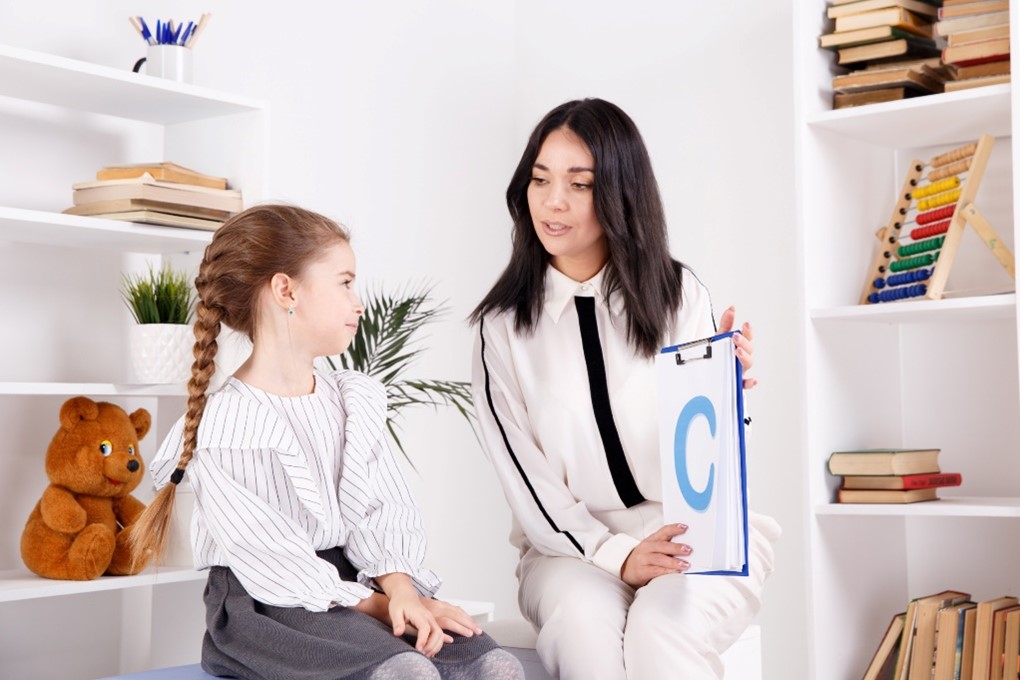
John R. Callen is the CEO of MedRehab Alliance, LLC., a therapy advisory, consulting, and management company specializing in the supervision of In-House therapy services within skilled nursing facilities, independent and assisted living communities, hospitals, outpatient clinics and home health agencies. In the following article, John R. Callen discusses speech disorders that are commonly encountered, and how to seek treatment for such conditions.
Speech disorders can affect everyday life and may even affect the way that a person is treated, in the most unfortunate circumstances. Luckily, there is hope for treatment, depending on the disorder a person suffers from. In order to take advantage of this care, it is important to understand the common communication conditions and how to seek treatment for them.
The most common disorders include fluency, articulation, and issues with the voice box and vocal cords. These can be triggered by many causes, but commonly, damage to the brain or nerves, or by exacerbated symptoms of stress. It is important to locate a licensed speech language pathologist for intervention.
Below, John R. Callen of MedRehab Alliance reviews the most common speech disorders. An overview of each, and how they manifest, with a summary of how to seek treatment.
John R. Callen on Common Speech Disorders
The first step to improving one’s speech and neutralizing the effects of any disorder is to identify which specific speech delay a person suffers from.
For example, John R. Callen of MedRehab Alliance explains that a person might suffer an injury to the brain which damages the area that controls speech. Another cause could involve a condition of the nervous system, in which the muscles needed for speech, the voice box or even the lips and tongue cannot operate properly to form words.
In addition, John R. Callen of MedRehab Alliance says that sometimes, stress can exacerbate certain speech disfluencies. Understanding, or identifying a communication issue can help individuals seek the right kind of treatment – however, seeking assistance from a qualified medical professional is always recommended.
Below are five of the most common speech disorders that affect children and adults:
- Apraxia of Adults
- Apraxia of Children
- Orofacial Myofunctional Disorder
- Dysathria
- Speech and Sound Disorders
John R. Callen of MedRehab Alliance takes a closer look at the identifying traits of each, so that any potential patient can see what makes these disorders unique and can speak with their doctor about what they are experiencing.
Apraxia in Adults
The brain informs the muscles associated with the throat, tongue, and mouth where to move in order to create verbal communication. In adults, the condition known as “apraxia” means that something has caused the brain to stop sending these messages to these muscles.
Typically, John R. Callen of MedRehab Alliance says that this is a condition that is acquired, meaning an adult was capable of the normal verbal functions and the ability to form words before an affecting incident. This incident is usually a stroke, a traumatic injury to the brain (TBI), or even deprivation of oxygen to the brain for a prolonged period.
This usually takes form in symptoms where an apraxia sufferer is incapable of forming words correctly. While they may still be able to speak, they may leave out certain sounds in their speech, or add new ones that don’t typically belong in the formation of the phrase. Many patients describe it as feeling “scrambled”.
They may say the same word several different ways, and sometimes affected patients respond by getting into the habit of speaking very slowly and methodically. In cases that are most severe, an apraxia-suffering adult will not be able to speak in any way but may still be able to produce sounds.
Depending on the severity of the condition, some communication level may be able to be restored, but apraxia symptoms may continue throughout the patient’s life.

Apraxia of Children
Children can often have apraxia, as well. Brain functions that are meant to move the muscles of the mouth and throat are, again, hindered. However, in childhood apraxia, this is more often because their muscles become underdeveloped as a result of this disconnect between the brain and muscles.
John R. Callen of MedRehab Alliance explains that while a speech therapist may be able to help the child, it is likely that their voice, and way of speaking may be slightly different for years to come.
Orofacial Myofunctional Disorder
This condition affects individuals of all ages and is shortened in the acronym “OMD.” An OMD disorder affects the bones in the mouth and face. It not only affects a person’s capability of talking, but even swallowing or eating. OMDs have many causes, but in children, it often manifests itself in children sticking their tongue out while trying to eat or drink or talk.
A speech and language pathologist can assist in diagnosing, and treating this disorder with intervention activities such as various exercises that focus on tongue and facial resting postures, swallowing, and speech articulation.
Dysarthria
John R. Callen of MedRehab Alliance reports that this condition occurs when a person’s muscles are weak due to damage to the brain. The condition’s severity varies and is sometimes combined with apraxia. Often, it presents as the slurring of words, fast or slow speech patterns, robotic monotones, or even a quiet volume. This disorder is commonly experienced after a stroke, or TBI.
Speech-Sound Disorders
If a child is not capable of making sounds related to speech by the age of 4, they are likely to have speech-sound disorder. John R. Callen of MedRehab Alliance explains that these conditions manifest in difficulty, or a combination of difficulties with perception, motor production, or phonological representation of speech sounds and speech segments – including phonotactic rules governing permissible speech sound sequences in a language.
In Conclusion
Speech disorders involve either damage to the brain, nerves, or muscles of the face and throat. They can affect people of all ages, and manifest in an inability to talk, the changing of certain sounds, or out-of-the-ordinary patterns of speech. Treatment, if not cures, are possible with the help of medical professionals, and/or a licensed speech and language pathologist.


